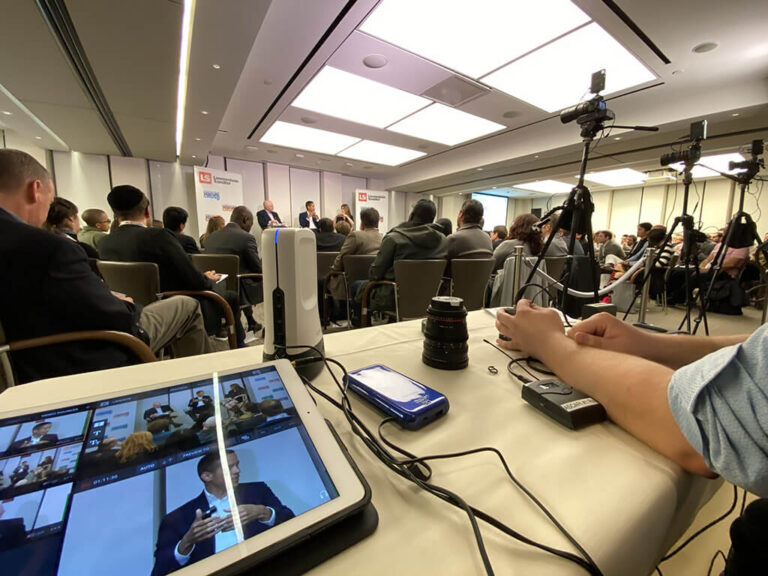Mastering the Skill of Capturing Superior Audio at Real-Time Occasions
Wiki Article
Recording premium sound at real-time events remains essential to ensuring the the is able to completely appreciate the event. Whether an concert, a seminar, or a theater show, crisp sound can greatly improve the effect of the occasion. To obtain this goal, it is crucial to comprehend the different elements related in sound recording as well as the way to efficiently handle them. The following article will discuss essential techniques as well as equipment which may help in perfecting the craft in capturing premium audio.
The first among initial primary steps in capturing excellent sound in choosing appropriate best gear. Mics play an vital part during the process. Various numerous kinds for mics, including dynamic-type, condenser, and lavalier microphones, each appropriate for specific situations. Dynamic-type mics tend to be commonly used for noisy settings, such as musical events, because can handle high sound pressure levels. Conversely, condenser-type mics are more sensitive and tend to be best in calmer environments, like speeches or interviews. Grasping each advantages as well as disadvantages for each type will help in choosing the most suitable mic to an occasion.
In addition to to selecting a suitable mic, placing it appropriately remains crucial to recording crisp sound. The placement for a microphone can greatly affect the audio clarity. For example, placing a mic excessively distant away from its sound source can result in weak audio, while positioning the mic excessively near may lead to distortion. It is important for one to achieve a balance that records full entire spectrum in audio while avoiding sacrificing quality. Experimenting with different positions before the event may assist with determining the best placement to achieve optimal audio clarity.
A further crucial factor to consider is the surroundings where which event takes place. Ambient sounds can interfere the audio quality, rendering it difficult to audience members to hear the main primary sound source. In order to reduce unwanted noise, it is beneficial for one to conduct a sound test prior to the event starts. Such a check allows the sound technician to identify potential possible issues and make changes if needed. Additionally, utilizing acoustic materials and placing up in an quieter area may additionally assist in reducing ambient noise and enhancing the sound quality.

Finally, post-production has an significant part for enhancing audio clarity. After the event, audio editing software can be used to refine the the, eliminate unwanted unwanted noise, as well as adjust volume to achieve consistency. Such a step is is to ensuring that best practices for live event production final end product achieves elevated standards. Through investing the effort to edit as well as refine the, the final outcome shall be an polished audio which accurately captures the live performance. Mastering such methods will not just improve the clarity of sound captured during live events and also improve the entire enjoyment for the audience.